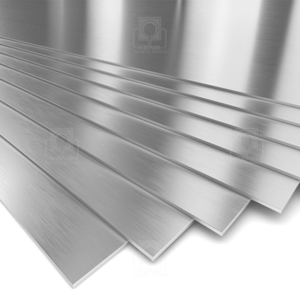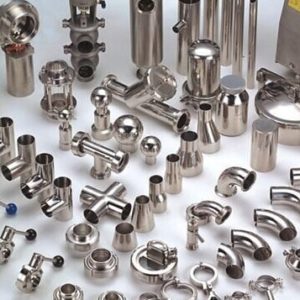Description
Brass is mainly an alloy that consists of copper with zinc added. Brasses can have varying amounts of zinc or other elements added. These varying mixtures produce a wide range of properties and variation in color. Increased amounts of zinc provide the material with improved strength and ductility. Brass can range in color from red to yellow depending on the amount of zinc added to the alloy. If the brass contains over 39% zinc it will have a higher strength and lower ductility (at room temperature).
| Element | Copper | Lead | Zinc |
|---|---|---|---|
| Content (%) | 58% – 62% | 1% – 3% | 37% – 42% |
- Brass is commonly used for decorative purposes primarily because of its resemblance to gold.
- It is also a commonly used to make musical instruments due to its high workability and durability.
- High Quality Industrial Brass can also be used for Nuts, Washers and Bolts.
- The innate durability and corrosion-resistance of brass makes it a popular alloy for architectural purposes. You’ll often see it used in architectural fascias, trims, and hedges.
- Brass is often used as components of two of the most commonly used systems in your home: your plumbing and electrical system. Brass alloys are used in various components of electrical sockets and switches. In terms of plumbing applications, brass is often used in valves and various pipe fittings like elbows, plugs, and couplings.
Tools made of brass are known to have extended life and a reduced need for sharpening.








Reviews
There are no reviews yet.